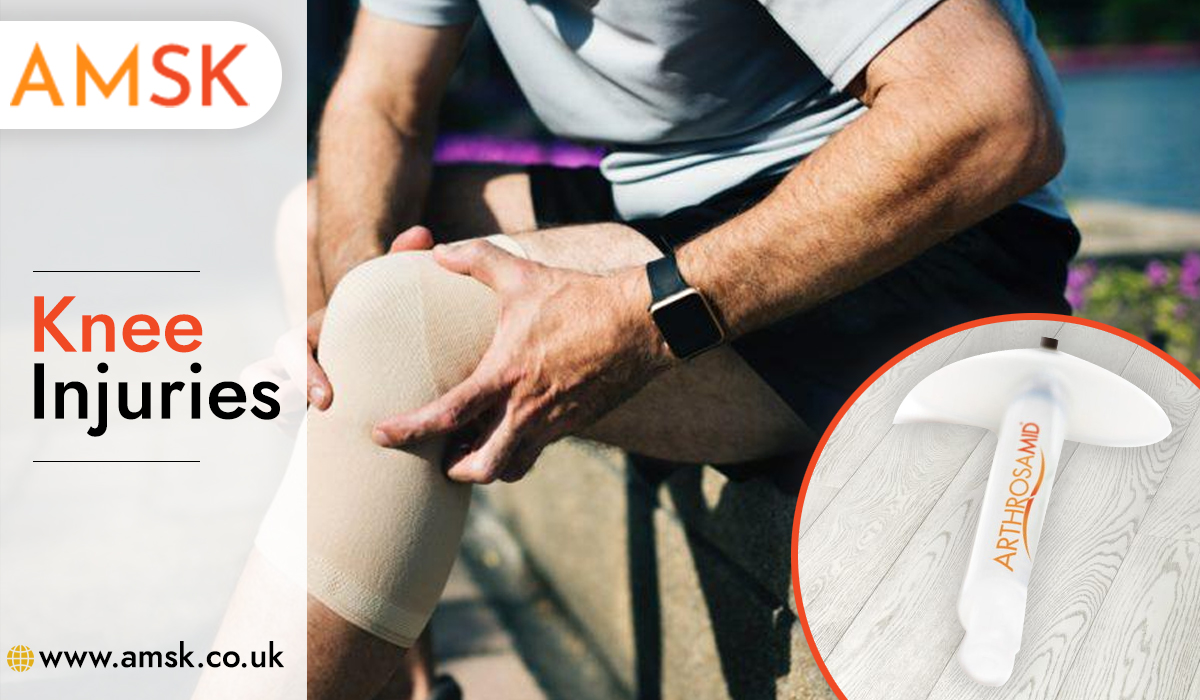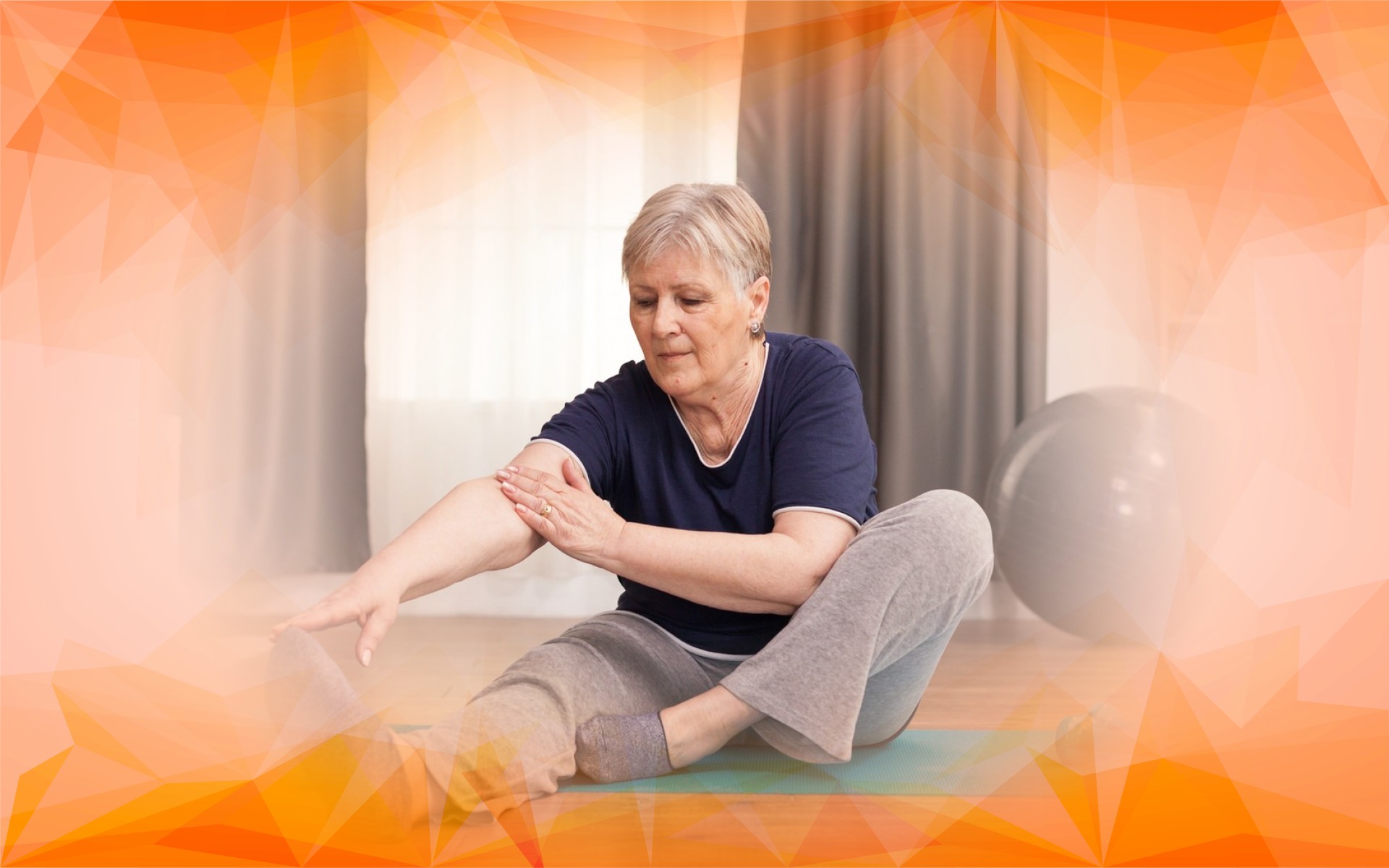While running is an excellent form of exercise with many benefits, it’s important to be aware of the potential risks involved. One of the most common injuries associated with marathon running is knee pain.
Knee pain is a common problem for runners because of the repetitive stress placed on the joints. The pain can range from mild to severe, and in some cases, it can lead to long-term damage.
If you’re a runner, it’s important to be aware of the potential risks and take steps to prevent knee injuries.
- Patella Tendonitis
Patella tendonitis is a condition that affects the kneecap and the surrounding tendons. The condition is caused by overuse or repetitive stress to the area, and symptoms can include pain, swelling, and inflammation.
Patella tendonitis is treated with a combination of rest, ice, and anti-inflammatory medication. In severe cases, surgery may be necessary to repair the damaged tissue. This surgery involves decompressing the tendon and removing the inflamed part. Which would be followed by a structured rehabilitation programme. If you think you may have patella tendonitis, it’s important to see a doctor so that you can get an accurate diagnosis and treatment plan.
- Meniscus tears
The meniscus is a C-shaped piece of cartilage that acts as a shock absorber between the bones in your knee. A meniscus tear is a common knee injury that can occur when the knee is bent and twisted forcefully. Meniscus tears can be very painful and may require surgery to repair.
If you have a meniscus tear, you may notice symptoms such as knee pain, swelling, and stiffness. You may also hear a popping noise when the injury occurs. Meniscus tears are often caused by activities that require sudden twisting or turning of the knee, such as playing football or basketball.
Marathon running can lead to serious knee injuries if runners do not take proper precautions. To avoid these injuries, runners should make sure to warm up and cool down properly and to listen to their bodies if they start to feel any pain. With the proper precautions, marathon running can be a great way to stay in shape and stay healthy.
To combat any knee pain it is important to seek professional help – this may be through a consultant who is able to provide Arthrosamid. This can prolong the natural capabilities of your knee.
- Runner’s Knee
Runner’s knee or Patellofemoral Pain Syndrome is a chronic dull pain in and around the largest sesamoid bone called Patella. It is one of the most common knee injuries runners face when they have a weak thigh muscle, high kneecap, stretched hamstring, harsh training, and weak foot support.
Suffering from Runner’s Knee or Patellofemoral Pain Syndrome shows symptoms like continuous pain around the knee cap when bending it back and forth, or a mild pain sensation after sitting your knee bent. In some cases, the kneecap feels tender and a bit swollen. You will also hear cracking sounds while stretching or bending your knee.
Reportedly, a new knee injection called Arthrosamid knee injection has shown significant improvement in many individuals with Runner’s Knee. You can also try it out after consulting your orthopaedic expert.
- ACL injury
ACL injury is a condition where the Anterior cruciate ligament (that connects and stabilises the Femur and Tibia) gets pulled or torn. This injury mainly occurs when runners take sudden increase and decrease in their pace or change directions too fast while running.
The common symptoms of ACL injury are rapid joint pain that feels like coming from the core of your knee along with swelling. You would feel a popping sound while bending it with a limited range of motion and an inability to partake in regular activities like walking, standing, etc.
If symptoms are implying an ACL injury, seek immediate medical care for quick healing. Making a delay in treating the condition can increase the risk of osteoarthritis in future.
- Plica Syndrome
Plica Syndrome is another common marathon injury which results in restless pain and swelling right between your knees. This injury is majorly caused due to excess pressure on the fold-in membrane called Plica.
Symptoms like swollen knees, cracking sounds, and discomfort while bending and jumping are very common. You would also feel stiffness when standing after a long period.
Professional healthcare providers conduct different actions to diagnose this knee condition, which include X-Rays, MRIs and many more.




